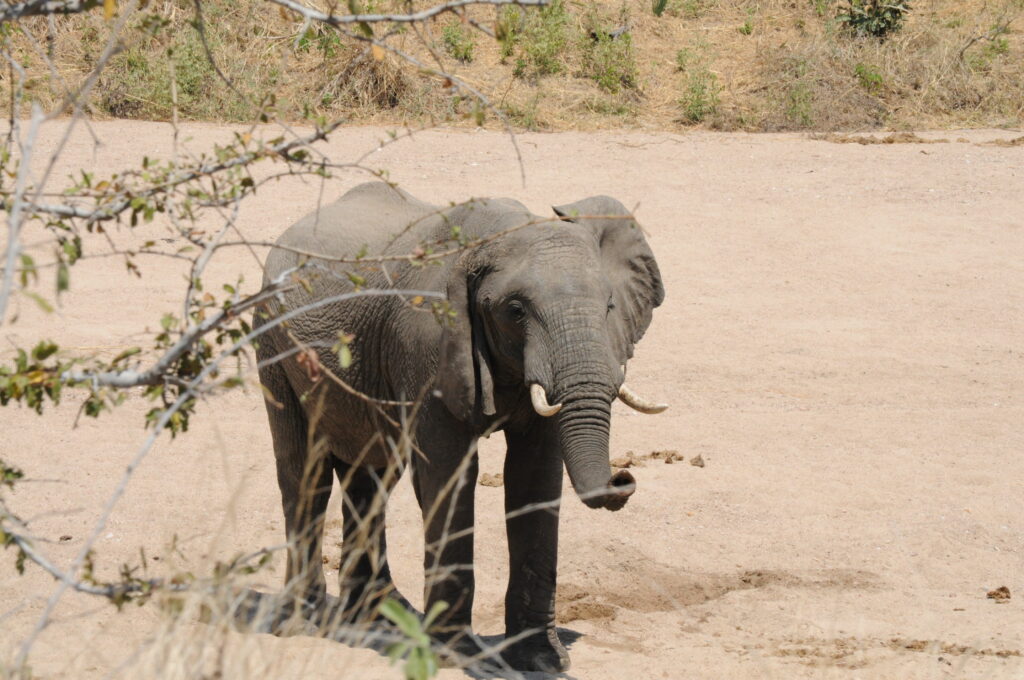When planning a safari, picking the best time to visit Tanzania is essential. The weather and the seasons can significantly affect wildlife sightings and the overall experience.
Naturally, one of the most frequently asked questions is:
“What time of year is best to visit Tanzania?”
To help you make the most of your journey, Adventrek Safari has compiled a smart and simple guide to help you choose the ideal time to travel based on your interests, expectations, and budget.
Quick Overview: Best Time to Visit Tanzania
The ideal time to visit Tanzania depends on what you hope to see and do. If witnessing the dramatic Great Migration is your goal, the best months will differ from someone seeking lush scenery, birdwatching, or a quiet escape.
Let’s break it down by seasons, key wildlife events, and travel conditions so you can make the best decision for your adventure.
Peak Season: 16 December – February and June – October
This is Tanzania at its finest—especially for safari-goers and Kilimanjaro climbers. The dry conditions offer ideal wildlife viewing, easier travel logistics, and access to some of the year’s most spectacular natural events.
🌟 Highlights:
-
Incredible Wildlife Sightings: Clear visibility and thinning vegetation mean big cats, elephants, giraffes, and more are easier to spot.
-
The Great Migration: June to October is prime time to witness dramatic Mara River crossings in the Serengeti.
-
Birthing Season: December to February in the Southern Serengeti (Ndutu) features thousands of wildebeest calves—and plenty of predator action.
-
Perfect Weather: Dry, cool mornings and sunny days ideal for game drives and photography.
-
Mount Kilimanjaro Climbing: Excellent trekking conditions and increased summit success.
📌 Note: This is the busiest and most expensive time to visit. Book your safari and accommodation early with Adventrek Safari to secure your preferred itinerary.
High Season: March and November – 15 December
These shoulder months offer a balance between great wildlife experiences and fewer tourists. Short rains begin in November, refreshing the landscape and lowering prices, while March can still deliver excellent sightings before the heavier rains arrive.
🌿 Highlights:
-
Lower Prices & Fewer Crowds: Better value and more intimate safari experiences.
-
Great Migration Moments: November sees the herds returning south; March has early calving.
-
Birdwatching: Migratory birds flock in during the green season—ideal for bird lovers.
-
Comfortable Weather: Mixed sun and showers offer a fresh perspective on Tanzania’s landscapes.
📌 Come prepared for short rain showers and flexible travel plans. A perfect choice for photographers, couples, or seasoned travelers.
Low Season: April – May
This is the green season, marked by long rains and the lowest tourist numbers. While it may not suit sun-seekers, it’s a hidden gem for budget travelers and nature lovers who want a quieter, more relaxed trip.
🌧️ Highlights:
-
Fewer Tourists: More peaceful safaris and easier access to prime locations.
-
Lowest Prices: Huge discounts on accommodation and tours.
-
Birdwatching Paradise: Thousands of migratory birds in full plumage.
-
Green, Lush Scenery: A vibrant backdrop for landscape photography.
-
Unexpected Wildebeest Crossings: A smaller “counter-migration” back across the Mara River may occur.
📌 Some lodges may be closed. Ensure availability with your Adventrek Safari consultant before booking.
Conclusion
There’s truly no bad time to visit Tanzania. Every season offers something unique—from dramatic migrations and newborn wildlife to verdant beauty and cultural intimacy.
Whether you’re after a luxurious peak-season adventure or an off-the-beaten-path escape in the green season, Adventrek Safari can help you craft the perfect trip, personalized to your travel goals.
Frequently Asked Questions – The Best Time to Visit Tanzania
1. What is the best time of year to visit Tanzania for a safari?
December–February and June–October are best for safaris, with excellent wildlife, clear weather, and key events like the Great Migration and birthing season.
2. When can I witness the Great Migration in Tanzania?
June–October is the prime time to see the river crossings in Northern Serengeti. Calving season occurs January–March in Southern Serengeti (Ndutu).
3. What is the best time to climb Mount Kilimanjaro?
Aim for January–February or June–October. These dry months offer more predictable weather and better summit success.
4. Is it worth visiting Tanzania during the low season (April–May)?
Yes—fewer tourists, lower prices, and lush landscapes make it ideal for birdwatching, photography, and serenity-seeking travelers.
5. Are there any safety or weather-related concerns during the rainy season?
Some roads can be muddy or flooded. It’s important to stay updated on local conditions and work with a reputable operator like Adventrek Safari for smart planning.
6. How is the weather in Tanzania during the high and peak seasons?
Peak season is dry and cool, ideal for game drives and Kilimanjaro. High season includes short rains but remains pleasant for safaris and photography.
7. What precautions should I take during the rainy season?
Pack waterproof gear, proper footwear, and stay flexible. Weather updates and contingency planning are key.
8. When is the best time for birdwatching in Tanzania?
During the rainy seasons—especially April–May and November—Tanzania hosts hundreds of migratory species.
9. When is the best time to visit Zanzibar for beach holidays?
Zanzibar is best from June–October and December–February, with sunny skies and warm waters ideal for swimming and diving.
10. Does accommodation in Tanzania have seasonal rates?
Yes. Expect higher rates during peak season. Book early with Adventrek Safari for deals and availability.
11. What activities can I do during different seasons in Tanzania?
Peak season: wildlife safaris, Kilimanjaro climbs, balloon rides
High season: birdwatching, scenic drives, cultural visits
Low season: birding, green photography, intimate game drives
12. Are certain parks better at specific times of year?
Yes. Serengeti is best for the Great Migration (June–October), while Ngorongoro is great year-round. Research with Adventrek Safari for park-specific tips.
13. If I want fewer tourists, which season should I choose?
Try the high season (March, November–mid December) or low season (April–May) for quieter, more personal experiences.
14. Can I enjoy cultural experiences year-round?
Yes! Village visits, crater rim walks, and market tours are available year-round. Just account for weather when planning.
15. Are there advantages to every season in Tanzania?
Absolutely:
-
Peak Season: Clear skies, migration, high wildlife visibility
-
High Season: Lower prices, fewer crowds, great birding
-
Low Season: Lush scenery, budget-friendly, peaceful atmosphere
Still unsure when to go?
Let Adventrek Safari help you find your perfect safari window—whether you want action-packed migration drama, serene wildlife encounters, or a mix of both.
Adventure awaits—year-round.

